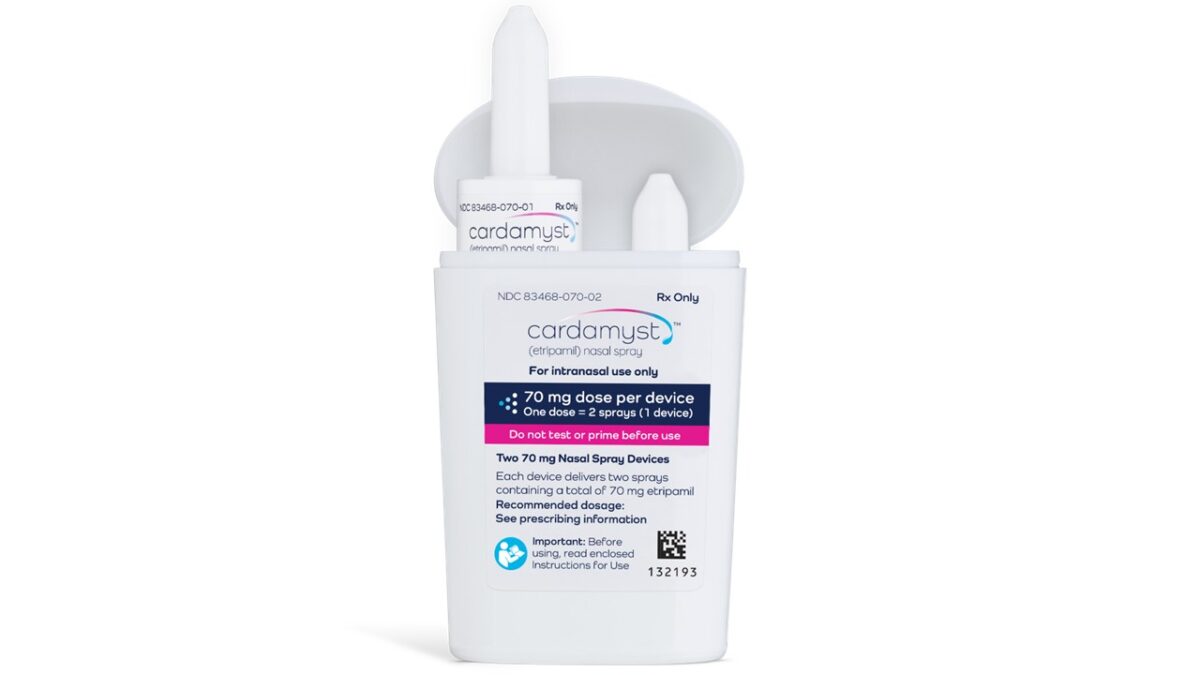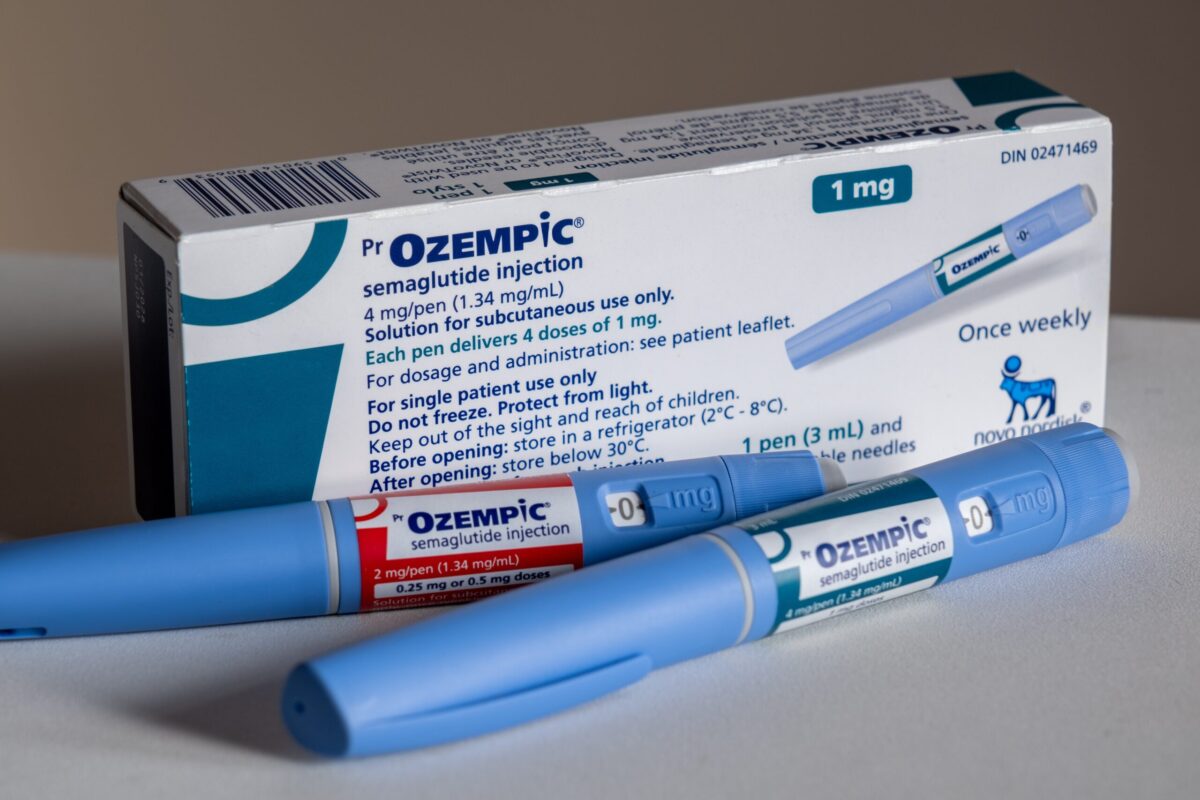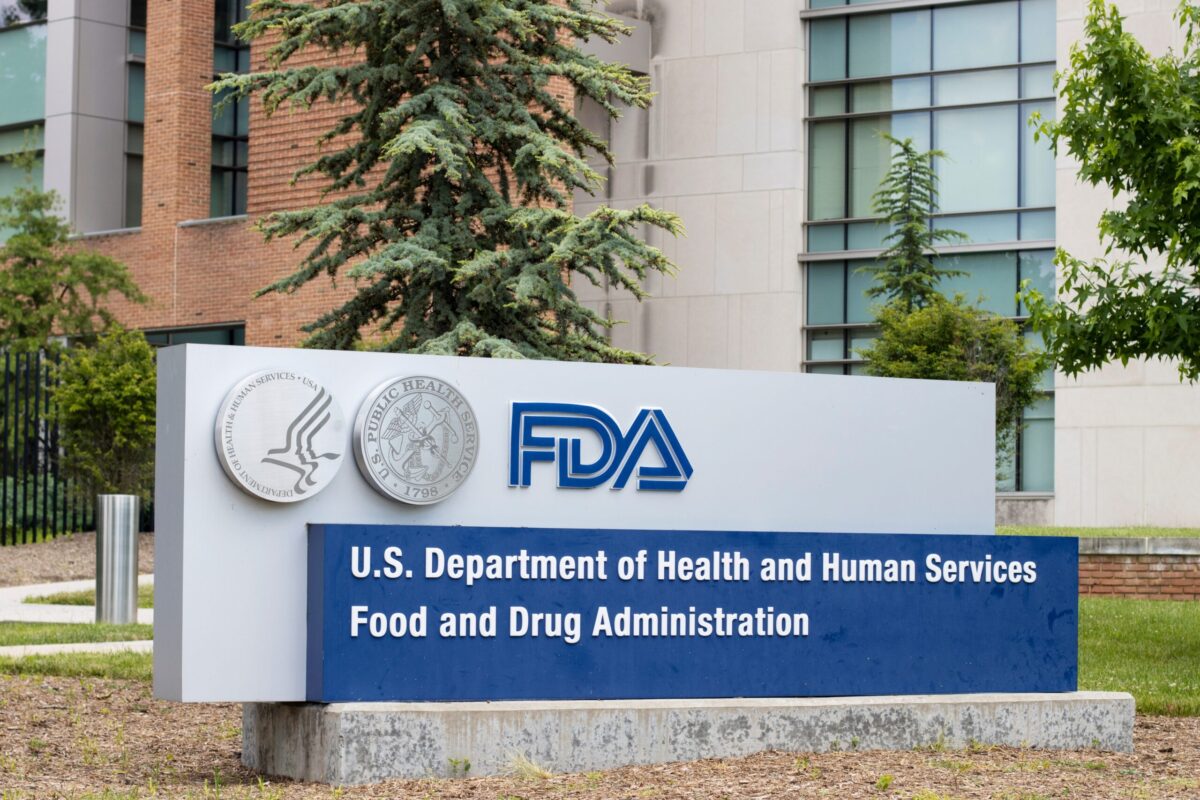New research conducted at the Mayo Clinic has found that one in six Americans on blood thinners to treat irregular heart rate – known as atrial fibrillation – could be taking too much or too little of the medication. Since millions of patients in the US take blood thinners to manage the condition, these findings could have far-reaching implications.
According to the study – which was published in the Journal of the American College of Cardiology – around ten percent of patients taking blood thinners to treat atrial fibrillation also have severe kidney disease. Of these kidney patients, 40 percent were found to be taking a higher dose than necessary which could leave them susceptible to a serious risk of uncontrolled bleeding.
Conversely, the researchers found that some patients without severe kidney disease could be underdosed. Up to 13 percent of these patients could be receiving too little of the blood thinning medication, which may be insufficient at preventing the occurrence of strokes – a cardiovascular event that is five times more likely to occur in patients with atrial fibrillation.
“Dosing errors of these blood-thinning medications in patients with atrial fibrillation are common and have concerning adverse outcomes,” said lead author Dr. Xiaoxi Yao, a health sciences researcher at Mayo Clinic. The dual risks of under- and overdosing patients make finding the right balance imperative to improving the health of patients.
In all, the study analyzed data collected from over 14,800 patients with atrial fibrillation who were dosed with one of three blood thinner drugs: apixaban, dabigatran or rivaroxaban. Standard and lower recommended dosages for the three blood thinners have been established based on whether a patient has kidney disease.
“The number of patients using these drugs has quickly increased since the introduction of this new class of drugs in 2010,’ said Yao. While warfarin was the standard blood thinner prescribed before 2010, this drug requires doctors to constantly monitor patients to mitigate the risk of bleeding events.
Based on the clinical and administrative claims data, the researchers found that 16 percent of patients with atrial fibrillation received a dose of blood thinners that did not comply with the recommended doses on the FDA-mandated drug labels.
“We conducted this study to highlight the prevalence of inappropriate dosing in routine clinical practice and the associated adverse outcomes,” said senior study author Dr. Peter Noseworthy, a Mayo Clinic cardiologist. “This study underscores the importance for physicians to be vigilant of kidney function when selecting or adjusting dose.”
Up to 6.1 million Americans have atrial fibrillation, according to the Centers for Disease Control and Prevention (CDC). Blood thinners are used as preventive medicine and previous research suggests that 90 percent of patients could benefit from the therapy.
“Overdosing is a fairly straightforward problem and can be avoided by regularly monitoring kidney function,” said Noseworthy. “However, underdosing is more complex. These medications need to strike a balance between stroke reduction and risk of bleeding. I think physicians often choose to reduce the dose when they anticipate their patients are at a particularly high bleeding risk ─ independent of kidney function.”












Join or login to leave a comment
JOIN LOGIN